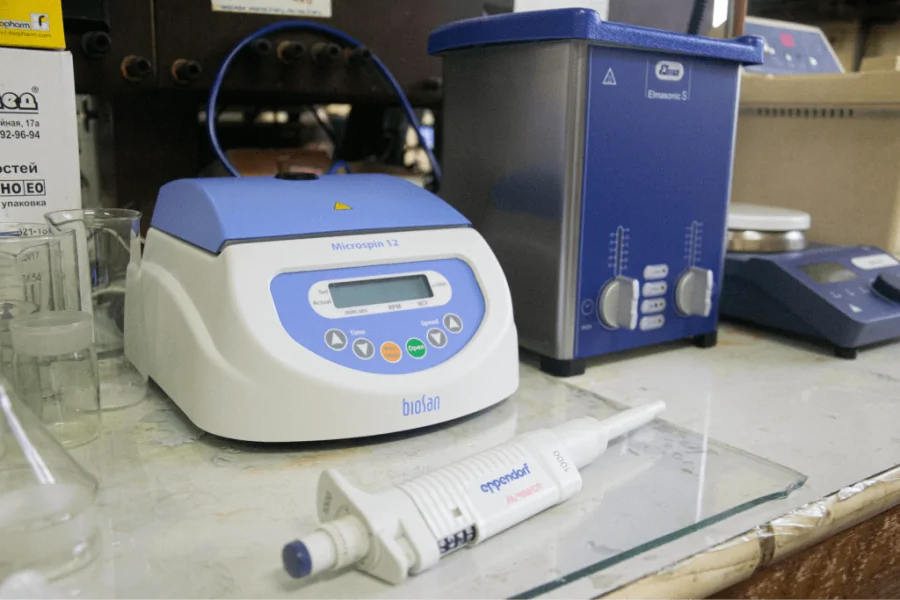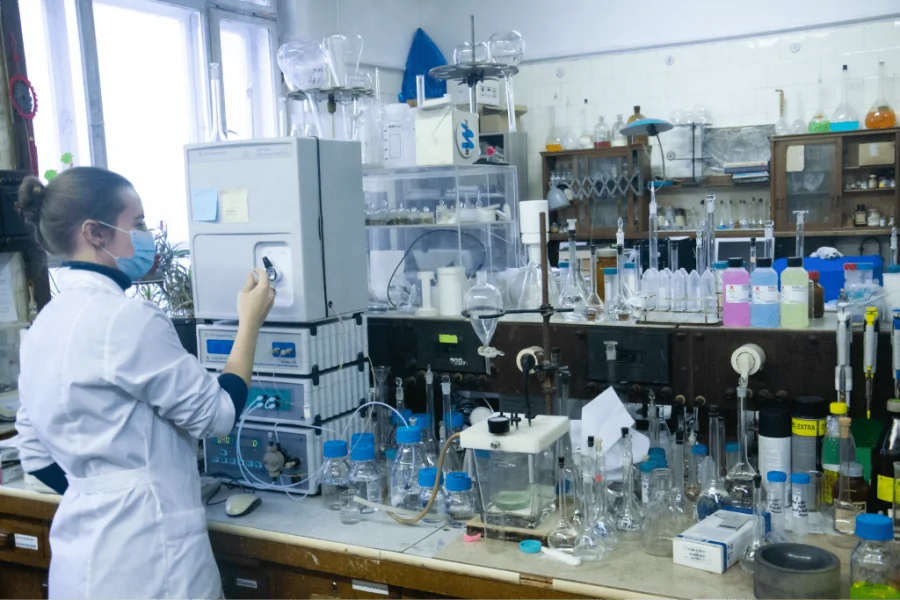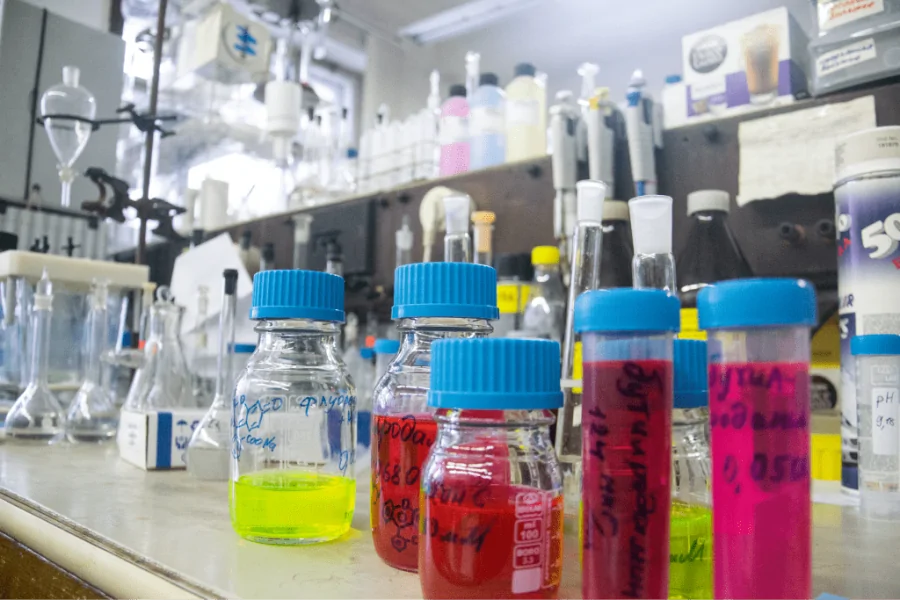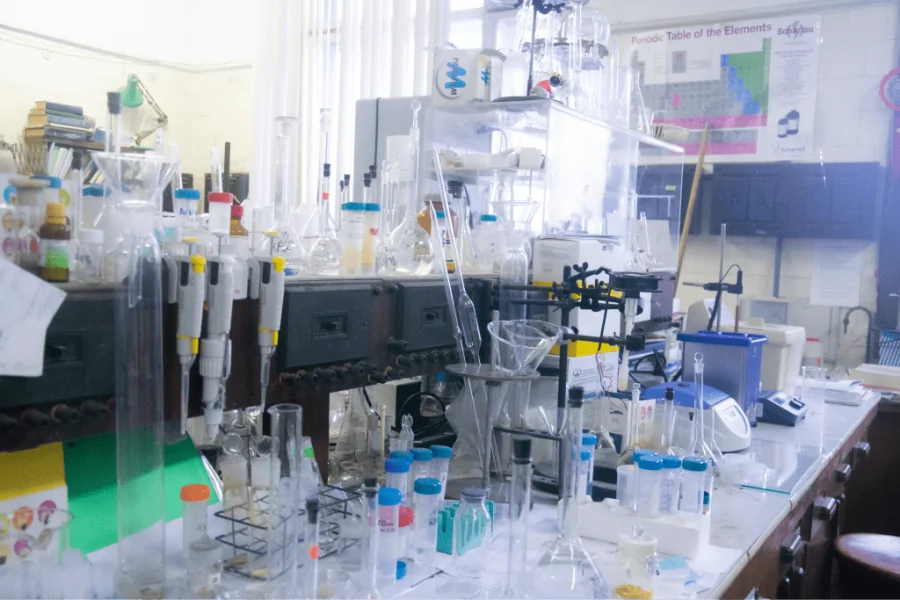Head of Laboratory
Yuri Zolotov
DSc in Chemistry, professor, full member of the Russian Academy of Sciences
Publications
386
Citations
3 554
h-index
30
Authorization required.
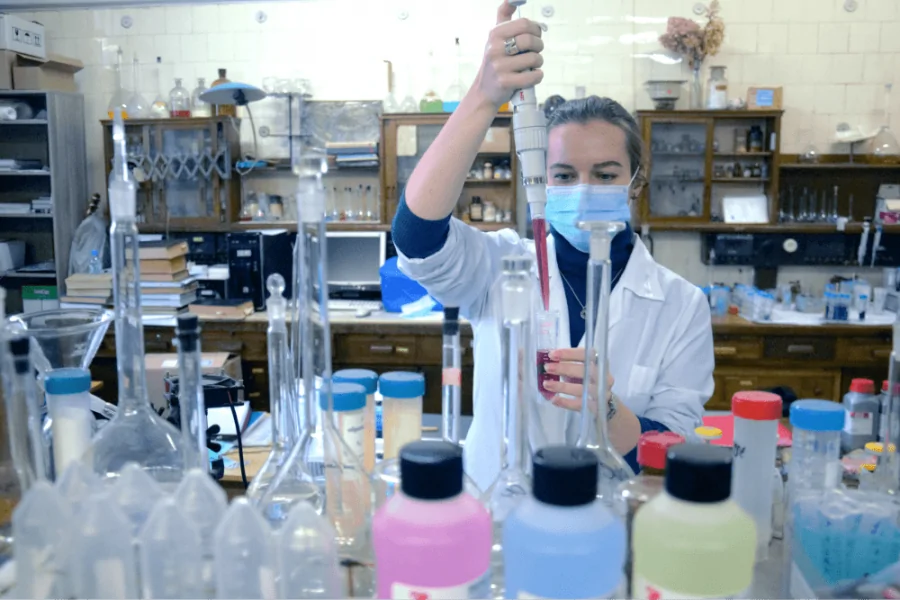
Creation of original ionic liquids that are used for the extraction separation of complex mixtures. The use of nanoparticles to create materials that allow the extraction of various organic substances from complex matrices, including food products. Development of simple, cheap, fast and effective methods and means of chemical analysis of biologically active substances. The use of subcritical water in flow sorption-HPLC analysis systems to replace water-organic eluents.
- High-efficiency liquid chromatography (HPLC)
- Spectrophotometry
- Diffuse reflection spectroscopy
- Fluorescence
- Extraction
- Solid-phase extraction
Yuri Zolotov
Head of Laboratory
Stanislava Dmitrienko
Professor
Vladimir Apyari
Principal researcher
Igor Pletnev
Leading researcher
Svetlana Smirnova
Associate Professor
Veronika Tolmacheva
Associate Professor
Maria Gorbunova
Associate Professor
Research directions
Extraction solvents of a new generation (Ph.D. Group, assoc. Smirnova S.V.)
+

Extraction solvents of a new generation - combined solvents (CR) are being investigated. These include liquids, for the existence of which the presence of two or more types of particles (molecules and ions) is necessary: ionic liquids (IJ); two-phase aqueous systems (DFVS); low-melting combined solvents (LCRs; they are also called "deep liquid eutectic"). Ionic liquids are liquid organic salts consisting of cations and anions. Low-melting combined solvents are formed from solids in the presence of a suitable partner (for example, a liquid formed by combining solid urea and holichloride). Two-phase water systems contain two non-miscible liquids based on water and partner components (for example, an ethanol/water mixture that separates into two phases in the presence of potash). These liquids are very different from the usual organic solvents. So, they are often much less volatile (and therefore safer) and much more biocompatible. They are especially attractive due to their structural diversity, the possibility of wide variation (ideally, directional regulation) of properties.They have high hopes in connection with the extremely urgent tasks of ensuring environmental safety and the "green" nature of extraction.
Application of nanoparticles (NPS) and materials based on them in chemical analysis (Group of Ph.D. Prof. Dmitrienko S.G.)
+
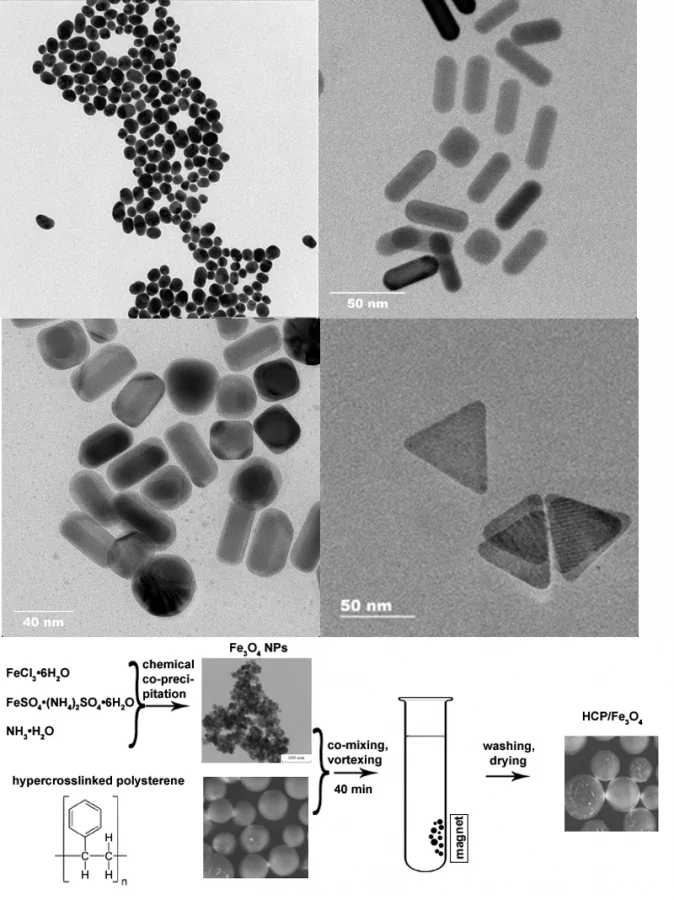
One of the rapidly developing areas of nanoanalytics today is the development of spectrophotometric and colorimetric reagents using nanoparticles and materials based on them. In this area, we obtain and study gold and silver nanoparticles of different shapes (spherical nanoparticles, nanorods, triangular nanoparticles). They can be used for simple and quick detection of substances: medicinal, biologically active drugs, antibiotics, etc. Another area of research is the synthesis and study of magnetic sorbents based on polymer matrices (super–crosslinked polystyrene) and magnetic nanoparticles. The main feature of magnetic sorbents is that they are easily removed from the solution using a permanent magnet, which eliminates complex and lengthy filtration and centrifugation stages. Magnetic super-crosslinked polystyrene can be used to isolate and concentrate medicinal and biologically active substances from complex matrices.
Publications and patents
Found
Nothing found, try to update filter.
2021
—
2023
| Апяри Владимир Владимирович
Lab address
Химфак МГУ, 4 этаж, комната 474
Authorization required.



